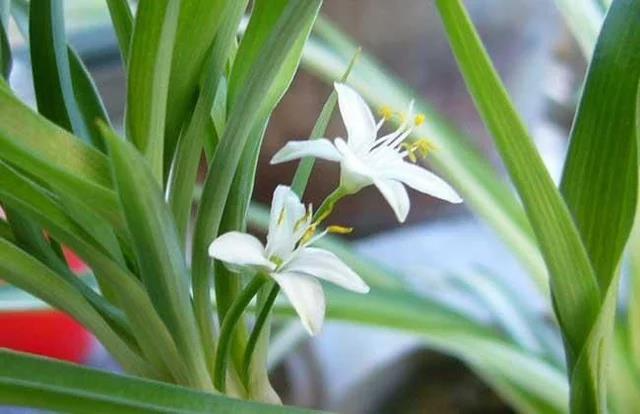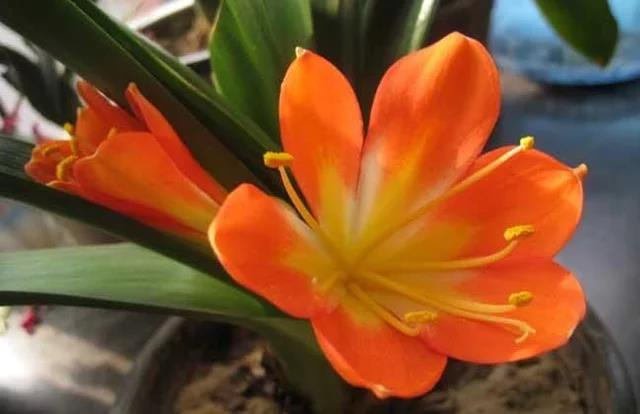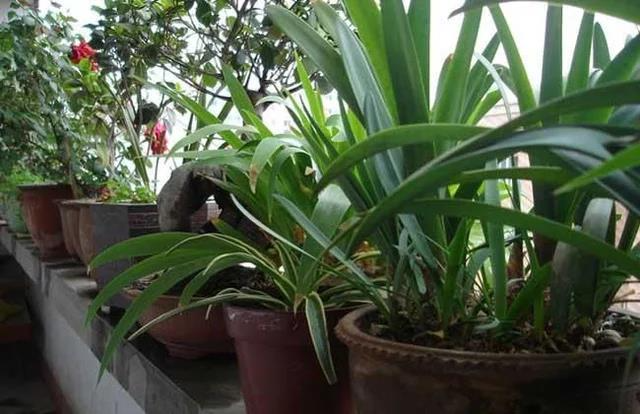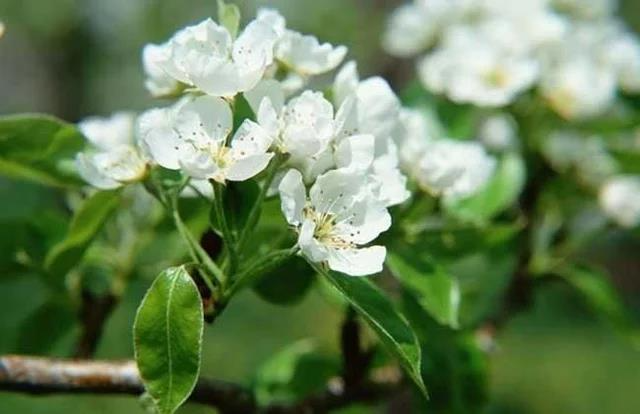Growing flowers is an attitude. Don't be arrogant or impatient and cultivate them carefully. How can you grow indoor flowers badly?

Growing flowers is a hobby for people. It can cultivate one's character and cultivate one's sentiments. It also beautifies the home and improves the environment. Growing flowers at home does not require the mastery of gardening. The most important thing for a large family to grow flowers is to be attentive. Only by being truly attentive and not arrogant can you grow flowers well. Let's take a look at some tips for growing flowers indoors at home!

How to choose balcony flowers?
1. The balcony is small, windy and dry, the temperature is high in summer, and water evaporates quickly, but there is sufficient light and good ventilation, which is very beneficial for some light-loving and drought-resistant flowers.
2. The convex balcony is exposed on three sides and has good sunlight. You can build a flower rack to plant climbing flowers, such as morning glory, grapes, and five-leaf ivy. You can also set up a flower rack to display roses, pomegranates, Milan, jasmine, and bonsai. You can hang shade-tolerant spider plants and ferns on the top of the balcony. The back of the balcony is a semi-shady environment, where you can place Nandina domestica and Clivia.
3. The recessed balcony has only one side exposed and the ventilation conditions are poor. You can build a trapezoidal flower rack on the walls on both sides to display flowers and trees.

How to choose indoor flowers?
1. Indoors are important places for people's activities in life, and flowers should be selected according to the following requirements. Flowers should be shade-loving or shade-tolerant varieties, such as Dieffenbachia, orchids, Monstera, Chlorophytum, Rubber Tree, Clivia, etc. Some ornamental flowers are mostly positive flowers, and should be placed in sunny places when displayed indoors, and often moved outdoors to absorb sunlight and rain.
2. Flowers and trees with peculiar smells should not be placed indoors. For example, the fragrance of cloves and tuberose can cause adverse reactions in some patients. Some patients with hypertension and heart disease feel stuffy and uncomfortable after smelling these fragrances. The fragrance of pine and cypress plants can reduce people's appetite, so it is not advisable to place too many or too long indoors.
3. The leaves, stems and juices of some flowers are toxic. They should be properly isolated when placed indoors, especially to avoid contact with children. Poinsettia, five-color plum, oleander, tiger thorn, king whip, Lycoris, etc. are all toxic, but in fact, the toxicity is relatively low. As long as you don't pick the leaves, branches, flowers and fruits casually, it will generally not cause poisoning. More attention should be paid when cultivating.
4. The bedroom should be clean, elegant and comfortable. South-facing bedrooms have plenty of light, so you can choose flowers that like sunlight and warmth, such as Milan, hibiscus, rose, white jasmine, kumquat, cactus and succulents. East-west-facing bedrooms have short light hours, so you can choose semi-shade-tolerant flowers, such as camellia, azalea, gardenia, Michelia, asparagus, and dieffenbachia. North-facing bedrooms have poor light conditions and low temperatures, so you should choose Clivia, Chlorophytum, Rubber Tree, Monstera, Asparagus and rock bonsai.
5. The layout of the living room should be quiet, elegant and generous, with small and elegant as the main features. You can choose Milan, Osmanthus fern, jasmine, asparagus fern, bergamot, kumquat, etc. You can place foliage plants in the corners, such as money tree, areca palm, bamboo palm, miniature coconut palm and ferns.

How to judge whether potted flowers are lack of water?
1. Tapping method: Use your finger joints to gently tap the upper middle wall of the flower pot. If a crisp sound is heard, it means the soil in the pot is dry and needs to be watered immediately. If a dull sound is heard, it means the soil in the pot is moist and you do not need to water it for the time being.
2. Visual inspection method: Use your eyes to observe whether the color of the surface of the potting soil has changed. If the color becomes lighter or grayish white, it means that the potting soil is dry and needs watering. If the color becomes darker or brown, it means that the potting soil is moist and you don’t need to water it for the time being.
3. Finger test method: Gently insert your finger into the potting soil about 2 cm deep and touch the soil. If it feels dry or rough and hard, it means the potting soil is dry and needs to be watered immediately. If it feels slightly moist, delicate and soft, it means the potting soil is moist and you don’t need to water it for the time being.
4. Pinching and twisting method: Twist the soil in the pot with your fingers. If the soil is powdery, it means the soil is dry and you should water it immediately. If it is powdery or granular, it means the soil is moist and you don't need to water it for the time being.
The above test methods are all based on experience. They can only tell people the approximate dryness or wetness of the potting soil. If you need to know the exact dryness or wetness of the potting soil, you can buy a soil thermometer, insert the thermometer into the cover, and you can see the words "dry" or "wet" on the scale, so you can know exactly when to water.

How to prepare culture soil?
1. Plain sandy soil: mostly taken from riverbanks. It has good drainage performance but no fertility. It is often mixed with other culture materials to facilitate drainage.
2. Garden soil: Soil taken from the surface layer of vegetable gardens, orchards, etc. It contains a certain amount of humus and has good physical properties. It is often used as the basic material for most culture soils.
3. Leaf humus: It is made of fallen leaves, dead grass, etc. It has high humus content, strong water retention and good permeability. It is one of the main materials for preparing culture soil.
4. Mountain mud: There are two types of mud: black mountain mud and yellow mountain mud. They are formed by the long-term accumulation of fallen leaves from trees in the mountains. Black mountain mud is acidic and contains more humus, while yellow mountain mud is also acidic and contains less humus.
5. Peat soil: It is formed by the carbonization of peat moss. Due to the different stages of formation, it is divided into brown peat and black peat. Brown peat contains rich organic matter and has an acidic reaction, while black peat contains more minerals and less organic matter, and has a slightly acidic or neutral reaction.
6. Rice husk ash: It is the ash formed by burning rice husks. It is slightly alkaline, contains potassium, and has good drainage and air permeability.
7. Stable manure soil: Made by mixing animal excrement, fallen leaves, etc. with garden soil, sewage, etc. and composting. It has rich fertility.